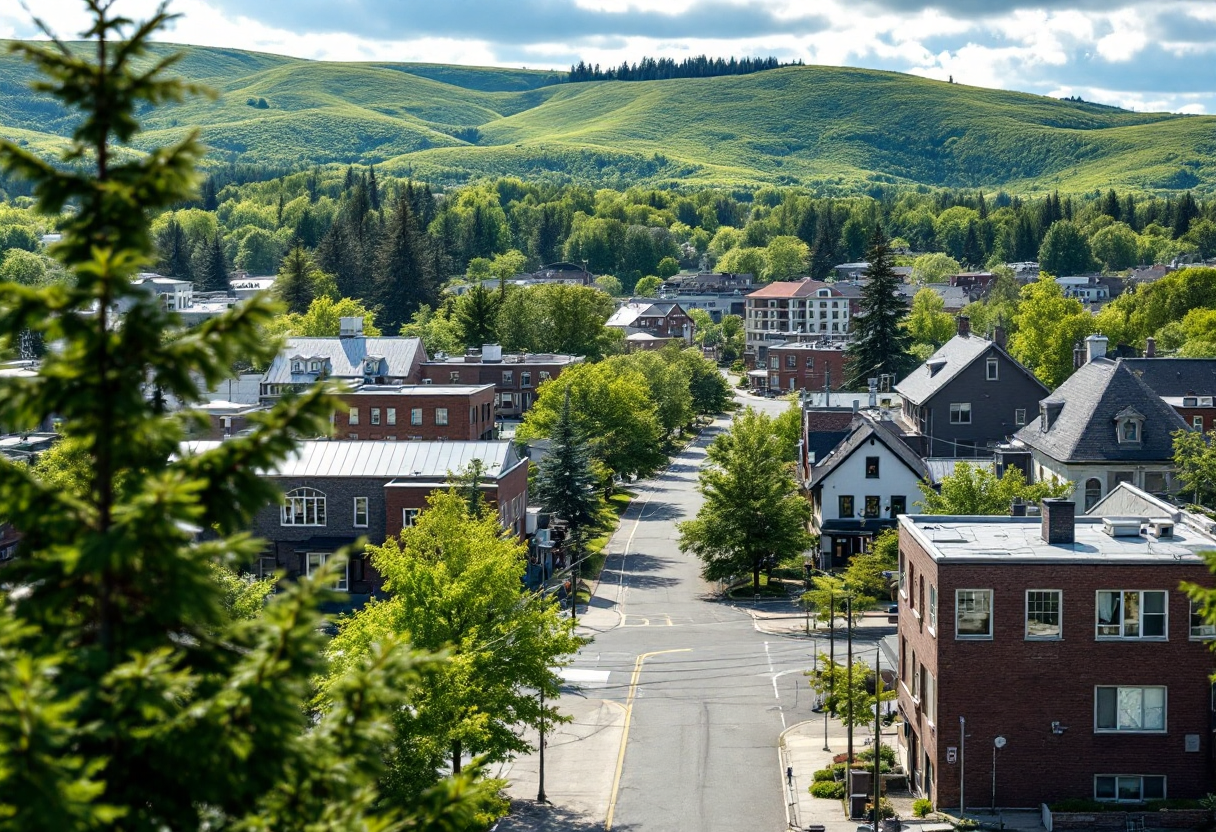Table of Contents
As the federal government plans to significantly cut immigration targets, mayors from Northern Ontario’s largest cities are raising alarms about the potential impact on local economies. The leaders of Sault Ste. Marie, Thunder Bay, and Sudbury are advocating for a more customized approach to immigration that recognizes the unique needs of their communities.
Local economies depend on skilled immigrants
Mayor Matthew Shoemaker of Sault Ste. Marie highlighted the success of the now-defunct rural and northern immigration pilot program, which enabled local employers to fill critical positions in sectors like aircraft repair and engineering.
“This program was a game changer for us,” Shoemaker stated, emphasizing that without skilled immigrants, many essential jobs would vanish from the region. The pilot program was designed to attract newcomers to smaller communities, providing them with a pathway to permanent residency.
However, the federal government has recently announced plans to reduce its immigration targets from 500,000 new permanent residents to 395,000 next year, with further cuts in subsequent years. This shift aims to alleviate pressures on housing and healthcare in larger cities, but it poses a threat to the growth of smaller communities like Sault Ste.
Marie, where the population has been declining for decades.
Unique challenges in Northern Ontario
Mayor Ken Boshcoff of Thunder Bay echoed these concerns, stating that the region has ample job opportunities, particularly in the booming mining industry. “We have the space and the jobs to accommodate more immigrants,” he said, urging the federal government to reconsider its immigration policies.
Boshcoff also mentioned ongoing efforts to build more housing and enhance recreational activities to attract newcomers.
In Sudbury, Mayor Paul Lefebvre reported that the pilot program brought in 1,400 skilled immigrants, contributing to a total of 2,700 new residents.
He urged the federal government to reopen the program, citing numerous job vacancies in sectors such as mining, healthcare, and education. “We have the capacity to welcome these individuals and help them thrive in our communities,” Lefebvre asserted.
Immigration as a solution to demographic challenges
Human resource manager Natalie Parent from Pioneer Construction Inc. emphasized the importance of immigration for filling hard-to-fill positions in the construction industry. “The rural and northern immigration program has been crucial for us in addressing critical shortages,” she noted. The demand for skilled workers in Northern Ontario is evident, and local leaders believe that a tailored immigration strategy could significantly benefit their economies.
In response to these concerns, Immigration, Refugees and Citizenship Canada stated that it is committed to understanding the unique needs of rural communities. Spokesman Jeffrey MacDonald acknowledged the challenges faced by these areas and emphasized the government’s intention to create targeted immigration pathways that support local economies.
As Northern Ontario mayors continue to advocate for a more flexible immigration policy, they highlight the potential for growth and prosperity in their regions. By attracting skilled immigrants, these communities can not only sustain their economies but also reverse decades of population decline.




